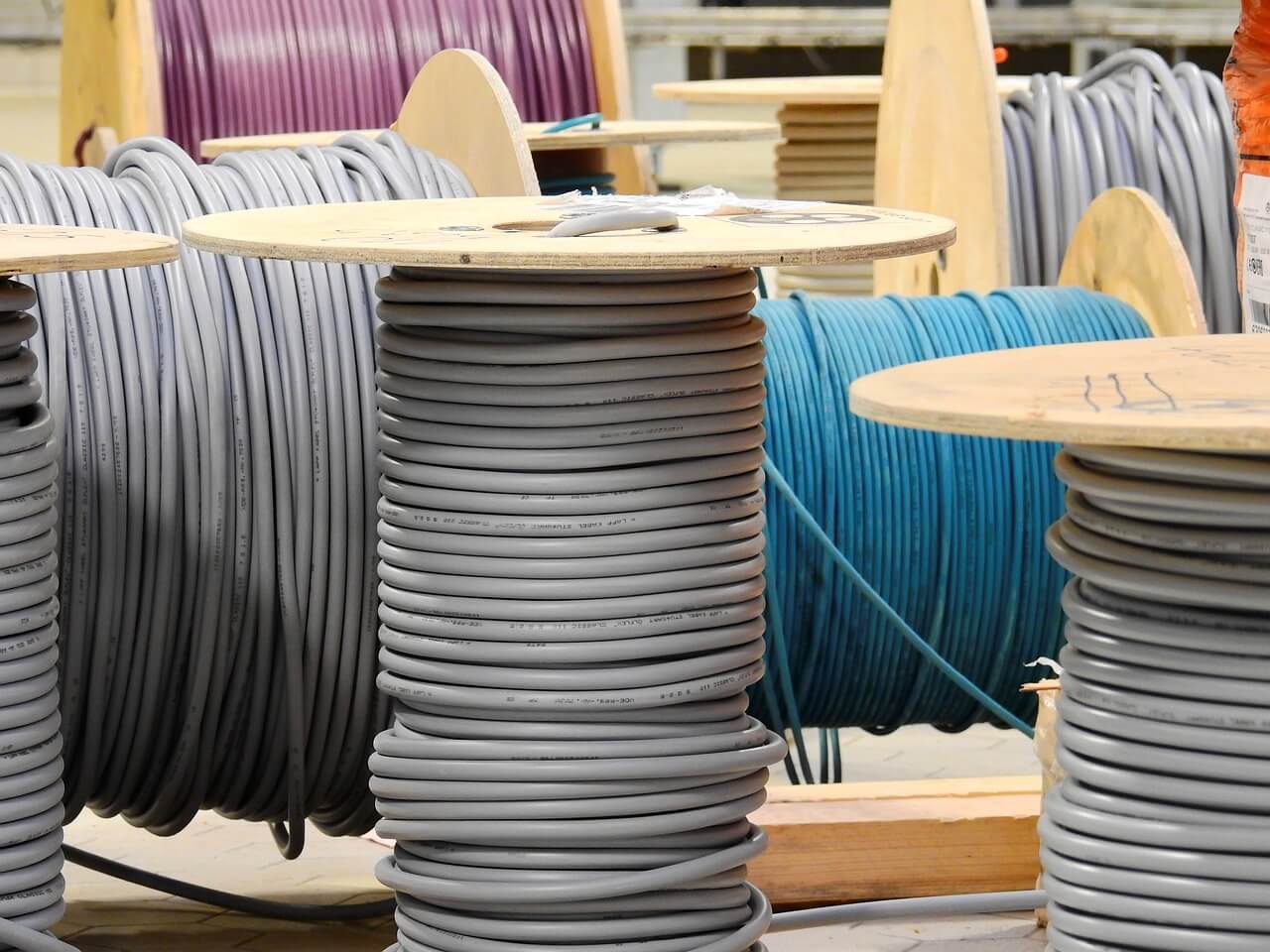
When it comes to importing network cables, understanding the regulations and tariffs involved is crucial for a smooth and successful transaction. As an importer, you must navigate various legal requirements to ensure compliance with both your home country's laws and those of the exporting country. But what specific regulations should you be aware of, and how can they impact your business? This guide will demystify the import regulations for network cables, providing you with essential information to facilitate your importing process.
Importing network cables can be a complex endeavor, especially with the ever-changing landscape of international trade. Being informed about the necessary regulations can help you avoid costly mistakes and delays at customs, ensuring that your products reach their destination without unnecessary hurdles.
Let’s explore the key import regulations and tariffs that every network cable importer should know.
1. What Are the Key Import Regulations for Network Cables?
Understanding the fundamental import regulations 1is the first step in ensuring compliance.
When importing network cables, you need to be aware of various legal requirements that govern international trade. These regulations can vary significantly depending on your country and the country from which you are importing.
Customs Documentation: What Do You Need?
One of the most critical aspects of importing is ensuring that you have all the necessary customs documentation in place.
Typically, you will need to provide a commercial invoice, packing list, and bill of lading. The commercial invoice outlines the details of the transaction, including product descriptions, quantities, and prices. The packing list provides information about how the goods are packed, while the bill of lading serves as a receipt for shipment.
Customs Documentation
In addition to these documents, some countries may require additional paperwork such as certificates of origin or compliance certificates. Familiarizing yourself with these requirements will help you avoid delays at customs.
2. How Do Tariffs Affect Your Import Costs?
Tariffs can significantly impact your overall import costs and should be carefully considered when budgeting for your purchases.
Tariffs are taxes imposed by governments on imported goods. The specific tariff rate for network cables can vary based on factors such as product classification and country of origin. Understanding how these tariffs work is essential for calculating your total landed cost.
Harmonized System Codes: What Are They?
Harmonized System (HS) codes2 play a vital role in determining tariff rates for imported products.
These codes are internationally standardized numbers used to classify goods for customs purposes. When importing network cables, it’s crucial to identify the correct HS code that corresponds to your product type. For example, Ethernet cables may fall under different HS codes depending on their specifications (e.g., Cat5e vs. Cat6).
Harmonized System Codes
Using the correct HS code ensures that you pay the appropriate tariff rate and helps prevent customs issues during importation.
3. What Are Compliance Standards for Imported Network Cables?
Compliance with industry standards is essential when importing network cables.
Many countries require imported network cables to meet specific safety and quality standards before they can be sold in the market. These standards ensure that products are safe for use and perform as expected.
Industry Certifications: Why Are They Important?
Certifications such as ISO, UL3, or CE indicate that a product has undergone rigorous testing and meets established safety standards.
For example, UL certification is particularly important in North America as it signifies that a product has been tested for safety risks like fire or electrical shock. Similarly, CE marking indicates compliance with European Union safety requirements.
Industry Certifications
Importers should verify that their suppliers provide documentation proving compliance with relevant standards to avoid potential legal issues or product recalls.
4. How Do Import Quotas Impact Your Purchases?
Import quotas can also affect how much network cable you can bring into your country.
Some countries impose limits on the quantity of certain goods that can be imported during a specific time frame. Understanding these quotas is essential for planning your purchases effectively.
Monitoring Quota Limits: What Should You Do?
To stay compliant with import quotas, keep track of how much product you have imported within a given period.
If you anticipate exceeding quota limits, consider alternative sourcing strategies or adjusting your purchasing schedule accordingly. Staying informed about quota changes will help you avoid penalties or delays in receiving your shipments.
Monitoring Quota Limits
Conclusion
Navigating import regulations for network cables requires careful attention to detail and an understanding of various legal requirements. By familiarizing yourself with customs documentation, tariff implications, compliance standards, and import quotas, you can streamline your importing process and minimize potential challenges.
Staying informed about these regulations not only helps ensure compliance but also allows you to make more strategic decisions regarding your imports. As international trade continues to evolve, being proactive in understanding these factors will position your business for success in the competitive market of network cables.
[External Links Recommendation]